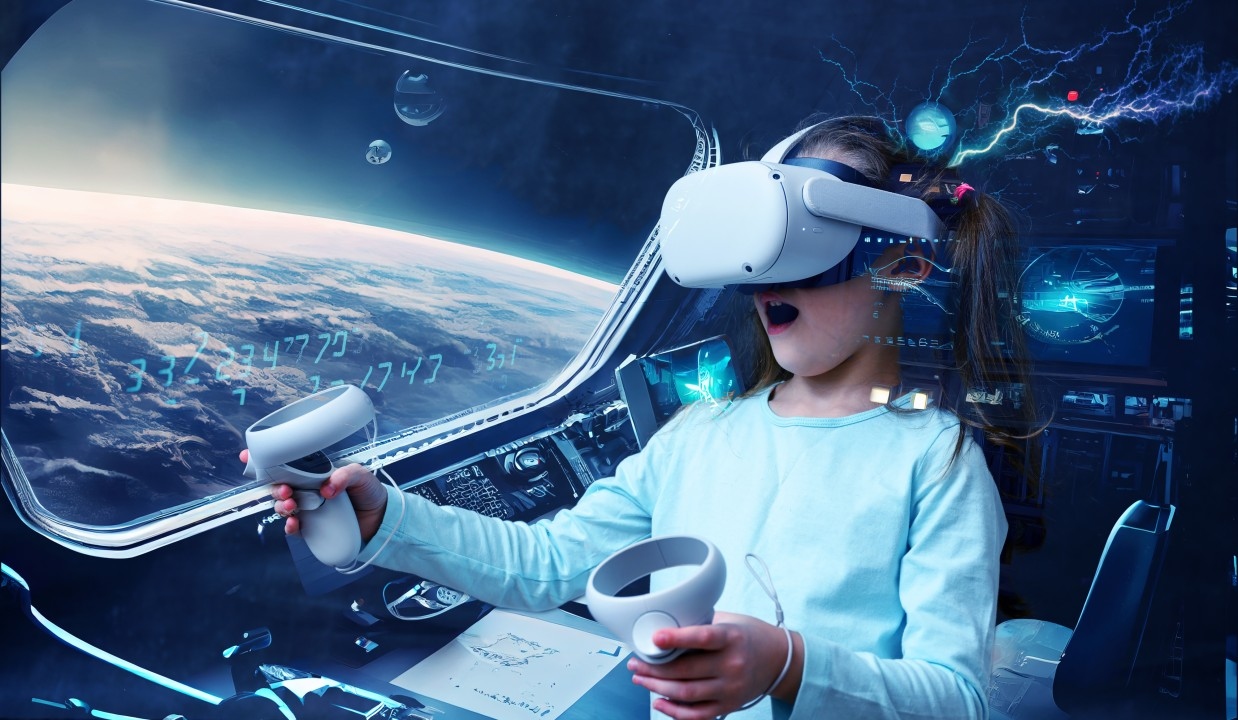
Internet of Things Is at the Core of Digital Transformation
What is digital?
There is no consistent definition. Everybody is viewing digital in a different way these days. For some people, it may mean putting up a website. Some of the ecommerce companies and firms think that they are digital. However, the question is: are they truly digital? Many experts believe that they are not truly digital technologies. These are rather bread and butter technologies as they do not have basic competitive differentiators.
“Many companies are not examples of digital. When you use the phrase digital transformation, the core capability you need is the Internet of Things (IoT). If you don’t have IoT as a part of your technology stack then you are not exactly digital,” says Bhavish Sood, Managing Partner at 3737 North Capital India LLP.
What Does Digital Transformation Mean?
In fact, digital transformation connotes several emerging technologies and capabilities, which go into the making of a digital architecture. Such elements include, but are not limited to, IoT, Natural Language Processing (NLP), mobile, social, analytics and cloud in a combination and used together, 3-D printing, the infusion of IT with operational technologies, etc. No matter which vertical an enterprise operates in, whether it is securities or manufacturing, it needs to have these elements in some measure in order to be considered truly digital. This is the stack which constitutes digital.
No wonder as enterprises seek to go digital there will be a massive expansion of this digital technology and we already see it becoming part of our life: from digital payments, to the way we shop or even interact with each other. Today, there are millions of connected devices, smartphones, as well as Internet users. This number is increasing by the hour. According to IHS Markit, the number of connected Internet of Things (IoT) devices worldwide will jump 12 per cent on average annually, from around 27 billion in 2017 to 125 billion in 2030.
Internet of Things Market to Grow to $561.04 Billion by 2022
Moreover, the Internet of Things (IoT) market is expected to grow from USD 170.57 Billion in 2017 to USD 561.04 Billion by 2022, increasing at a Compound Annual Growth Rate (CAGR) of 26.9%, according to a report by MarketsandMarkets. The report considers 2017 as the estimated year for the study and the market size forecast is done from 2017 to 2022. The Internet of Things market comprises vendors providing IoT services to their commercial clients. Companies such as Intel Corporation (US), SAP SE (Germany), Cisco Systems, Inc. (US), Microsoft Corporation (US), Oracle Corporation (US), International Business Machine (IBM) Corporation (US), PTC Inc. (US), Google Inc. (US), Hewlett Packard Enterprise (US), Amazon Web Services Inc. (US), Bosch Software Innovation GmbH (Germany), and General Electric (US) have adopted partnerships and collaborations as their key strategy to expand their market reach. This strategy accounted for the largest share of the total strategies adopted by the market players.
Digital transformation involves use of several emerging technologies and capabilities, which alone can go into the making of a truly digital architecture. In order to qualify as digital, truly transformative change is required rather than cosmetic or incremental ones.
Trending
-
1 How Does SaaS Differ From IaaS And PaaS?
Fabrice Beaux -
2 Single Page Applications vs Multi-Page Applications
Fabrice Beaux -
3 Top 7 Effective Strategies for Multi-Language Website Development
Fabrice Beaux -
4 Boost Engagement to Infinity and Beyond: Unleashing AI-Driven Support
Anas Bouargane -
5 The Cheapest And Most Beautiful Stickers in CS2
Daniel Hall





Comments